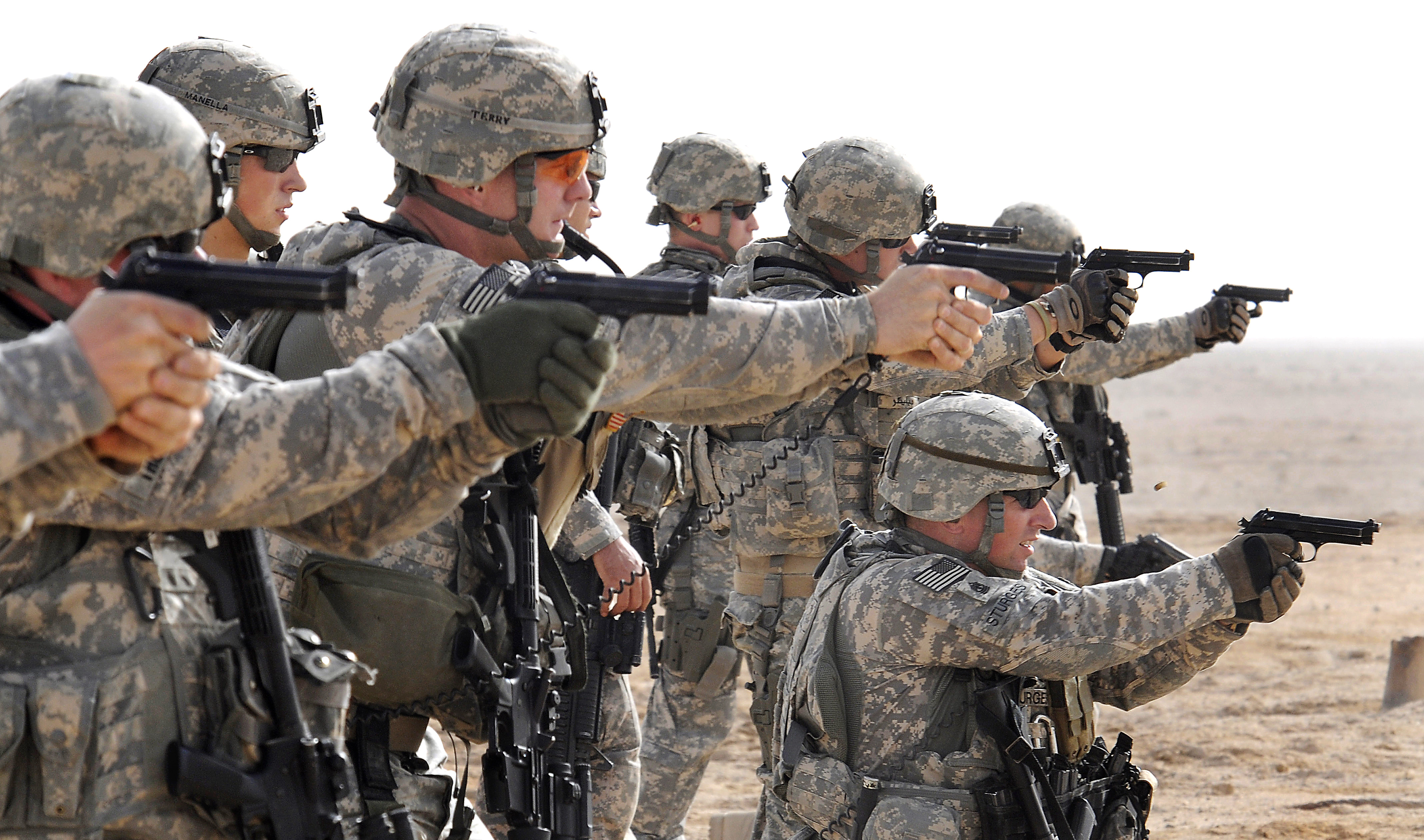As the United States’ military involvement in Afghanistan and, to some extent, Iraq comes to an end, a new dynamic is forming between veterans and civilians. The emerging military-civilian divide in the United States is exacerbated by disparate communities, differences in perceptions of military members’ service and types of job opportunities. While the Department of Veterans Affairs (VA) and veteran-oriented nonprofits are important aspects of veteran readjustment, attitudes toward service and nuances within the veteran community are often ignored aspects of readjustment within care for post-traumatic stress disorder and physical injuries sustained abroad.
Fewer Americans serve in the armed forces now than during any past conflict, and only one third of Americans 18 to 29 have had family serve in the military, both of which increase the disconnect between the American public and its military. In 2011, the director of the Pew Center said, “What we have is an armed services that’s at war and a public that’s not very engaged.” According to the Cost of War project, 2.5 million service members have been to and returned from war since 2001, with half deployed more than once. Iraq and Afghanistan have involved more frequent deployments and shorter periods at home for military members, putting strain on military families. Veteran Stephen Leon said “You’re used to a life of being at peace, with yourself and your family and having a nice time with your family, when you go over there all that breaks up.” Former Secretary of the VA Eric K Shinseki said “What is different about this generation? We’ve asked them to do a lot more, in a smaller serving force, in some of the longest wars in our history,” noting the combined health issues and combat stress. The men and women returning are inconsistently joining support organizations such as the Veterans of Foreign Wars, which is struggling with recruitment and community building.
These wars have seen higher rates of suicide, mental illness, drug and alcohol dependence and higher rates of violence, among other negative lifestyle traits, than previous wars according to the Cost of War project. Human Rights Watch cites one million veterans on prescription medication and half a million drug dependent veterans, which contribute to homelessness and are involved in one third of veterans’ suicides. The report calls for increased evidence-based drug dependency programs.
Less noticed publicly is the toll warfare has on women serving in the military. Women return to a nation equating ‘veteran’ with ‘male,’ although they constitute 17.4 percent of veterans since 2001. Compared to male veterans, women experience heightened familial and emotional strains and 25 percent are survivors of sexual assault. Jobs are more difficult for them to acquire and trouble with spouses is more likely. Ohio National Guard veteran Crystal Sandor said, “I think because the VA has dealt with men for so long, through all the previous wars, they’re not set up to handle females.” As the military becomes more diverse, greater awareness and scope in recognizing challenges upon return form warfare are necessary.
Added to familial and medical issues are different perceptions of what veterans’ service means. The Washington Post, in collaboration with the Kaiser Family Foundation, conducted research on veterans, finding, “Many veterans see themselves as a cut above the rest of American society, as noble volunteers who stepped up to promote and protect US interests while the rest of the nation went about its business as usual.” While only 30 percent of the public thinks the war in Afghanistan was worth it, 53 percent of veterans think it was. Similarly, 38 percent of the public thinks the Iraq war was worth it, compared to 44 percent of veterans — indicating a difference of value placed on US military engagement. Craig Bryan, research director at the University of Utah National Center for Veterans Studies said “[Veterans] have different rules and different expectations and ways of seeing themselves and their roles in society,” and a Washington Post/Kaiser Family Foundation poll found that 7 in 10 veterans feel the average American “routinely misunderstands their experience, and slightly more than 4 in 10 believe the expressions of appreciation [are] just saying what people want to hear.”
Among confrontations with ignorance, misplaced appreciation and anti-war sentiment, a major challenge for veterans returning home is the lack of camaraderie and brotherhood intrinsic in the military, and perhaps this is the most detrimental change for them upon return. It has been called “the lonely process of overcoming combat,” lacking a community and experiencing a disconnect with civilian life (64 percent of veterans feel disconnected). The majority of veterans believe the fight was worth it and acutely miss the brotherhood of deployment, saying, “there is an air of camaraderie that doesn’t exist outside the military. There is a purpose that makes you feel like you’re accomplishing something.” Depending on where home is, veteran organizations or communities are sparse, something acutely felt after long periods of time with other military members. The Iraq and Afghanistan Veterans Association (IAVA) is one such organization founded to directly support veterans returning from these wars, organizing ‘vet-togethers.’ Team Rubicon recognizes that 92 percent of veterans want to continue serving their country and recruits veterans to serve communities affected by disasters worldwide. Another sidelined approach is attracting veterans to elite four-year institutions to earn bachelor degrees and increase opportunities in the modern job market.
“What the hell am I supposed to do next?” is how Derric Winters described coming back after serving in Afghanistan. It is a question repeated among many veterans who feel a floundering sense of loss that is not ‘treated’ as physical and mental injuries are. As the needs of veterans change, societal support services must change as well.
